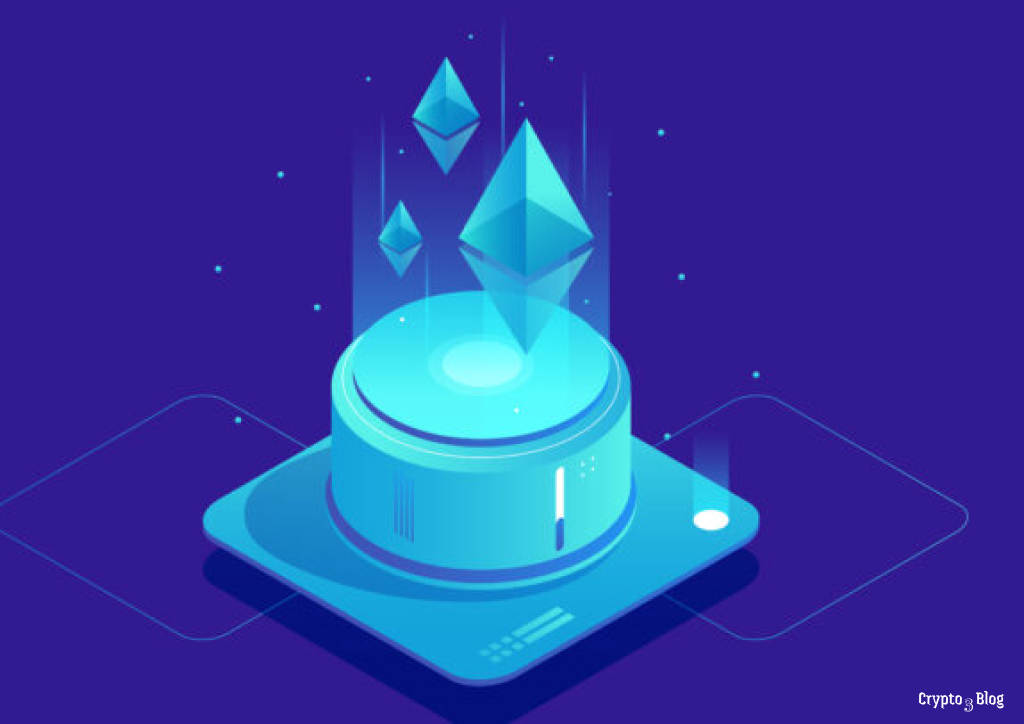Ethereum’s Influence on NFTs: Key Insights You Need to Know

Introduction:
NFTs, or Non-Fungible Tokens, have stormed the digital art and collectibles market; a unique digital asset created through which artists can sell, buy, and own. But how is that possible? The answer is in Ethereum, a decentralized blockchain platform that is the best solution for all general creators and collectors. In this blog, we're going to take a closer look at Ethereum's contribution in NFTs and why it eventually ends up being the ideal ground upon which to build this new market.
Ethereum in NFTs:
Ethereum is the open-source blockchain operating in a decentralized way; it is where dApps developers are writing smart contracts. About NFTs, the system of Ethereum provides several necessities that turn the platform into the most appropriate place for the creators and collectors of NFTs:
-
Smart Contracts: An Ethereum smart contract will let you define programmable NFTs by predesigned attributes or characteristics such as ownership and scarcity, transferability, etc. And there is no possibility of changing those properties once designed by the creator. Nobody, including its creator, may modify the defined properties once published on deployment.
-
ERC-721 Standard: Since it is based on the set of standards referred to as ERC-721 which describes composition as well as behavior of NFTs, this means creators are able to build interoperable NFTs with other NFTs, as well as existing marketplaces and wallets.
-
Decentralized Marketplaces: This is where the decentralized marketplaces such as OpenSea or Rarible can thrive on the Ethereum blockchain. The reason is that creators are able to sell open NFTs. In practice, decentralized marketplaces happen to be permissionless: any person can create and list his NFTs without any rights owner being able to approve or permit such an action.
-
Gas and Transaction Fees: Gas allows smart contracts and NFTs to be executed. More importantly, once these transactions take place, they are secured, open, and irreversible. Gas refers to a unit of measurement for the computational power needed to execute a transaction or a smart contract.
Why Ethereum for NFTs:
So, why Ethereum? There are several answers to that: 1. Scalability: Thousands of transactions per second. 2. Security: Decentralized by nature, it offers the most secured position of security via public-key cryptography of NFTs. 3. Flexibility: Programmable blockchain along with smart contracts allow very complex custom NFTs. 4. Maturity in Ecosystem: As a well-established system, it consists of developers, creators, and collectors thereby making it easier to find the buyer and seller of the NFT.
